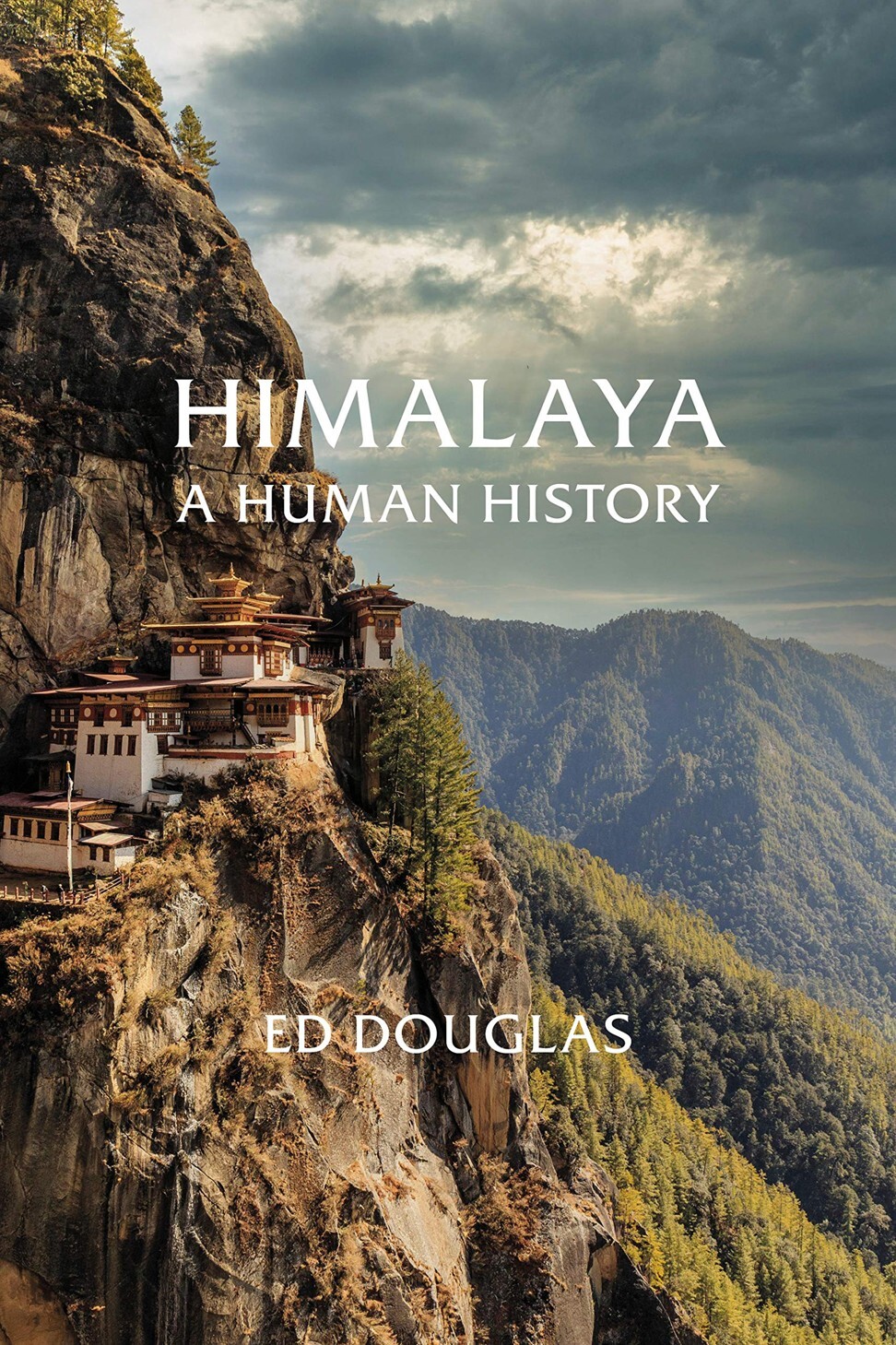
Review | Himalaya: A Human History looks beyond the stereotypes harboured by the West
Mountaineer and writer Ed Douglas takes readers deep into the cultural make-up of a vast, rich, misunderstood region
Himalaya: A Human History by Ed Douglas, W.W. Norton & Co. 3/5 stars
“We’re just about to walk off the map,” George Mallory wrote in a 1921 letter from a reconnaissance trip to Everest, the mountain the British explorer would die on while attempting to summit in 1924 (or possibly having done so). Mallory was seeking an elegant phrase to convey his sense of the remoteness of this place, but the idea of the Himalaya as an inaccessible, unknown landscape has long been a trope of Western writing on the mountain range.
In Himalaya: A Human History, mountaineer and writer Ed Douglas attempts to overturn that stereotype. “It’s not that the Himalaya is an intellectual blank on the map: there’s a wealth of scholarship on every aspect of life there,” he writes. “It’s more that myths and legends about the Himalaya continue to dominate popular culture, insulating the West from using that scholarship to create a wider understanding of the region.”
Douglas’ ambition with this book is to bridge the consequent gap of understanding, and people this “blank” landscape with those who have lived in, ruled, fought over, visited, traded with and, yes, climbed mountains in, the Himalaya.

As a result, the narrative scope of this 500-plus-page book is, chronologically and geographically, hugely ambitious. The mountain range covers 600,000 sq km, a long and narrow curve arcing across five countries: China, Nepal, India, Bhutan and Pakistan.
The landscape may be dominated by the sawteeth of the range’s high peaks – 10 of the world’s 14 “eight-thousanders”, mountains more than 8,000 metres above sea level, can be found here – but the diversity of the landscape is underappreciated: as Douglas notes, variation in altitude mimics, in abbreviated form, variation in latitude, so with “a few kilometres of altitude gain, you can travel the equivalent of thousands of kilometres in latitude, from the tropics to the polar ice caps”.
Fifty million people live in this region, their cultural and religious diversity echoing that of the landscape. Yet, as Douglas writes, viewing the region through the lens of specific national or religious affiliation overlooks “the Himalaya’s sense of itself: its shared culture and experience”.
In between, there are chapters on the political, religious and cultural histories of the region, its vital significance as a site of commerce and trade, and accounts of the various colonialists, missionaries, botanists, explorers, cartographers and mountaineers who made the Himalaya, in various ways, their goal, as well, crucially, as those from the Himalayas who provided assistance to these visiting outsiders, often at great personal cost.
Forbidden Memory explores the role of Tibetans in the Cultural Revolution
From this rich, detailed, expansive history, fascinating characters and stories emerge. Those that subvert convention and expectation particularly stand out. One compelling section details an early 19th century compendium written by a Tibetan lama named Jampel Chokyi Tenzin, titled The Detailed Description of the World: a book “about how Tibet looked out at the world, rather than how the world looked in”.
Jampel Chokyi functioned as an ambassador between Lhasa and the Qing court in Beijing and lived in the Chinese capital for a number of years; his knowledge of the wider world was doubtless partly drawn from his time there. Of the British, he writes: “The shape of their faces looks like that of Indians, but they are as white as snow […] The people are rich, but they like to drink, and they are more dissolute than other Europeans.”
The account is a wonderful moment when the exoticising gaze that had so often fallen on Tibet was turned back towards the West, but it also confounds the stereotype of the country as a closed land, uninterested in and ignorant of the world beyond its borders.
The book is packed with fascinating details of this sort, as Douglas attempts to convey a sense of the region’s “heterogeneous past: so many voices, so many traditions trying to be heard”.
Nepal in low season: occasional peak sightings, many leeches
The book’s strength, though, is also its flaw. In attempting to be so comprehensive, Douglas rarely has time to fully immerse his reader in the stories of those who populate his narrative. The author’s admirable desire to go beyond the superficial leads to a tendency to digress into exponential elucidations, diluting the power of the central narrative and leading to a Russian-doll structure of stories within stories that at times feels disorienting. The result is a book that has the feel of a compendium: full of fascinating detail, but without much narrative pull.
The scholarly detail and resistance to oversimplification also make the editorial decision to omit endnotes, or any other form of specific reference to sources, somewhat surprising. Douglas comments in a note that “most scholars specialising in the region will recognise where most of what’s written here comes from”. Non-specialists are left to infer the specifics of Douglas’ sources from an 18-page bibliography.
Despite this, it is hard not to marvel at the ambition and erudition of Himalaya: A Human History. It is a book that, at its best, has the power to overturn those simplistic conceptions of the Himalaya that remain, even today, embedded in the Western imagination, drawing rich detail onto the blankness of Mallory’s map.
